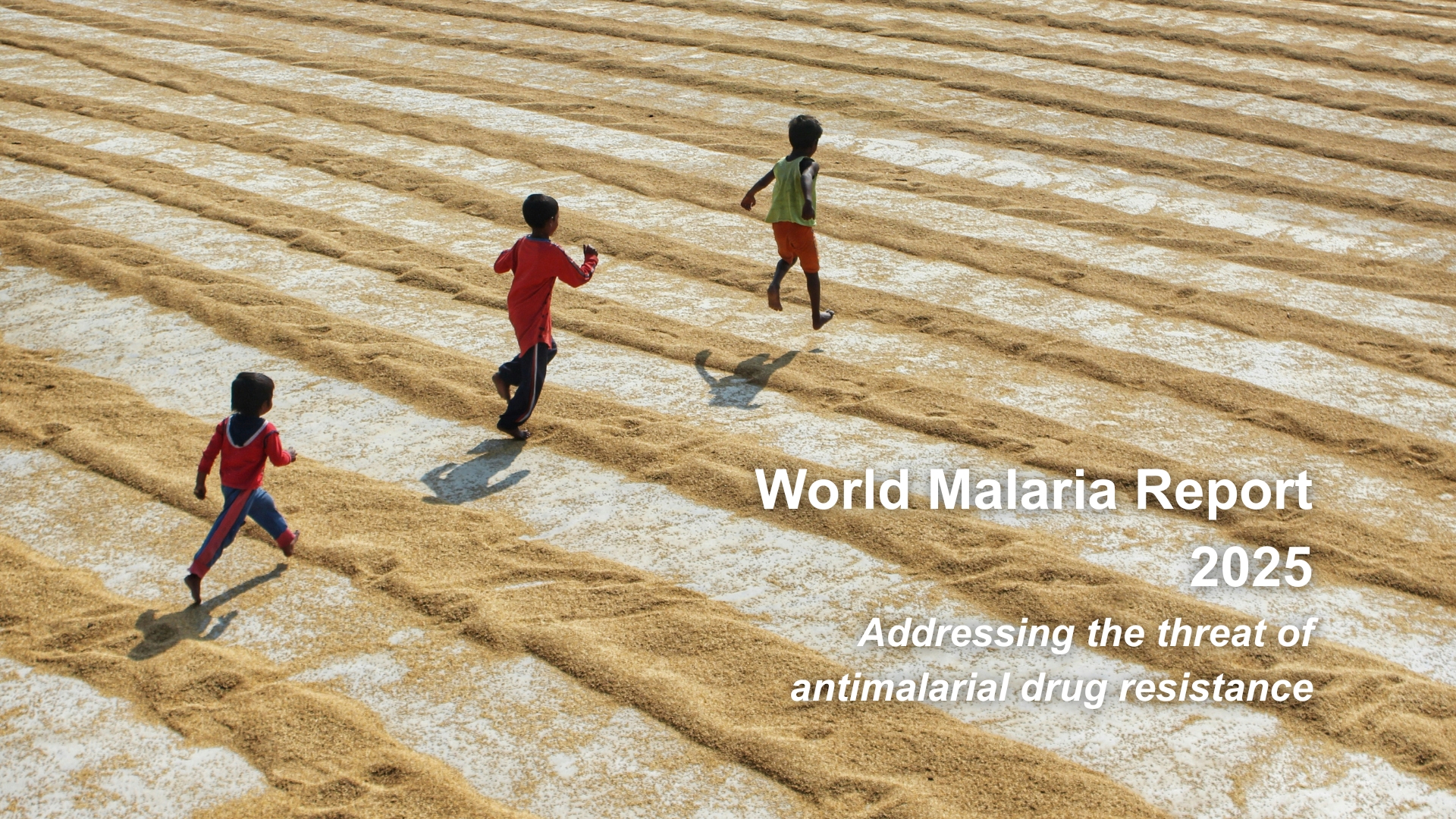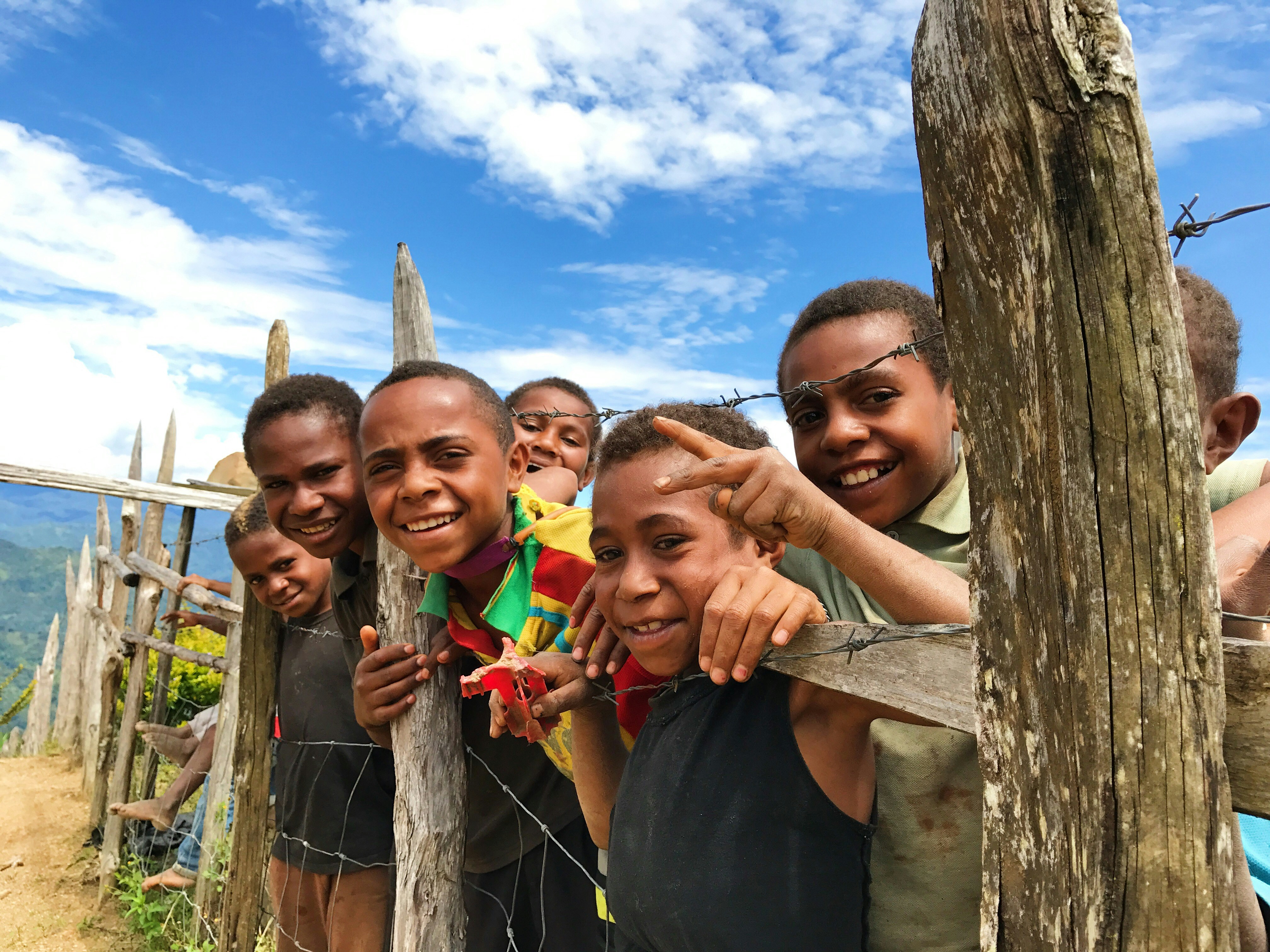
As Lao PDR approaches its ambitious goal of malaria elimination by 2030, the country stands at a critical juncture: how can it sustain hard-won gains in the face of declining donor financing?
In partnership with the Center of Malariology, Parasitology, and Entomology (CMPE) and Population Services International (PSI), the Asia Pacific Leaders Malaria Alliance (APLMA) supported a Sustainability and Transition Readiness Assessment using the UCSF Malaria Elimination Initiative’s SUSTAIN Tool, adapted for the Lao PDR’s context. This assessment presents a timely opportunity to chart practical, long-term solutions that sustain progress, address funding gaps, and maintain momentum toward malaria elimination and beyond (Prevention of Reestablishment, POR).
Why Sustainability Matters
Lao PDR has made extraordinary strides in malaria control, achieving a 98% reduction in cases over the past decade—from 39,589 cases in 2013 to just 695 cases in 2023. This progress puts the country on track to reach the vision of a malaria-free Lao PDR by 2030, despite challenges like the COVID-19 pandemic.
These efforts have received significant financial support from The Global Fund to End AIDS, Tuberculosis, and Malaria, as well as other international development partners. However, given current challenges in the global health funding landscape, the sustainability of donor malaria financing is highly uncertain, and is likely to see a dramatic decline. Without adequate planning, the lack of sustainable financing threatens essential program activities and risks the resurgence of malaria. It may further reverse the painstaking gains made over the past decades and undermine progress toward elimination.
Methodology
The SUSTAIN Tool was used to collect qualitative data from key informants. These informants included government officials and malaria program staff at central, provincial and district levels, as well as implementing and technical partners, international and national civil society organizations (CSOs), and donors. In total, 72 key informants were interviewed, consisting of personnel from various departments in Ministry of Health, and subnational staff from Xekong and Champasack provinces.
Chaired by Honorable Minister for Health Dr. Bounfeng Phoummalaysith, an in-person stakeholder engagement workshop was also held on 15 October 2024, to review and discuss the draft findings and recommendations with key stakeholders. The workshop was attended by 67 participants, representing 12 Lao ministries/governmental departments, 8 international partners/CSOs and the Lao Country Coordinating Mechanism. The Director General of the Department of Communicable Disease Control, Dr. Phonepadith Xangsayarath, further presented on Lao PDR’s malaria elimination strategies, transition efforts, as well as the need for sustainability planning.


Key Findings and Opportunities
Finance
The assessment found that while the malaria program currently has adequate funding, uncertainty surrounds future financing for integration initiatives. About 80% of total funding comes from donors, with domestic financing making up the remaining 20%. Given the country's fiscal constraints and the anticipated transition of Gavi, the Vaccine Alliance in 2026,mobilizing additional domestic resources presents significant challenges.
Opportunities include:
• Operationalizing the Roadmap to Malaria Integration (2024-2030) to increase efficiency
• Focusing financial advocacy on the Ministry of Health Cabinet and Department of Planning and Finance
• Developing an investment case for domestic financing of POR activities
• Exploring pooled funding mechanisms for private sector contributions
Leadership, Governance, and Political Will
High-level government leaders have demonstrated their commitment to malaria elimination by 2030. However, there's concern that malaria could become neglected as disease burden falls, especially amid leadership and funding transitions.
Key opportunities include:
• Obtaining renewed commitment from the Prime Minister's Office and Ministry of Health
• Defining clear leadership for the transition and integration process
• Strengthening coordination mechanisms to track long-term sustainability efforts
Integration
Ministry of Health leadership is actively pursuing integration of malaria into the broader health system, including making malaria a notifiable disease and strengthening Public Health Emergency Operations Center mechanisms. However, significant concerns exist regarding the capacity of the ministry’s counterparts to effectively manage integrated malaria components.
Opportunities include:
• Developing a detailed, costed integration workplan
• Leveraging existing coordination mechanisms to track integration efforts
• Coordinating transition planning for integrated outbreak response costs
Health Workforce for Malaria
Uncertainty surrounds human resource policy changes at both central and subnational levels. As caseloads decline, integration becomes essential—but need to be managed carefully to avoid eroding staff proficiency in surveillance and response.
Key opportunities include:
• Defining government human resource needs for prevention of re-establishment
• Developing a comprehensive plan for integrating Village Malaria Workers into Village Health Volunteers
• Creating clear monitoring systems for integrated volunteer performance
Civil Society and Private Health Sector Engagement
CSOs currently manage around half of all Village Malaria Workers who are vital for reaching vulnerable populations. However, these CSOs are exclusively donor-funded, and there is a need for direct government funding after malaria elimination.
Opportunities include:
• Assessing pathways for transitioning CSO-managed volunteers to government management
• Developing disease reporting mechanisms for non-PPM private health facilities
Health Product Management and Health Information Systems
Donors finance most of the procurement for essential malaria commodities, with procurement and distribution representing about 19% of the total RAI4E budget. Despite this funding, challenges persist in health product management, including stock-outs and delayed deliveries.
Encouragingly, malaria information systems are already robust and likely to be the least affected by transition, as they use the same platforms (DHIS2 and mSupply) as the national Health Management Information System.
Key opportunities include:
• Identifying mechanisms for future pooled procurement
• Strengthening capacity in procurement planning and supply chain management
• Developing systems to include essential malaria commodities under the National Health Insurance Scheme
• Building government staff capacity to manage information systems
The Path Forward
The assessment underscores that while Lao PDR has made remarkable progress, protecting these gains will require careful planning for the transition from donor to domestic financing. Findings from this assessment have since been incorporated into the Lao PDR Sustainability and Transition Roadmap for Malaria 2025 – 2035 to guide the Government of Lao PDR in sustaining malaria elimination efforts as financing transitions. By prioritizing integration, system sustainability, and political commitment, Lao PDR can not only achieve malaria elimination—but build the foundations to sustain it for generations.
.svg)


.jpg)





